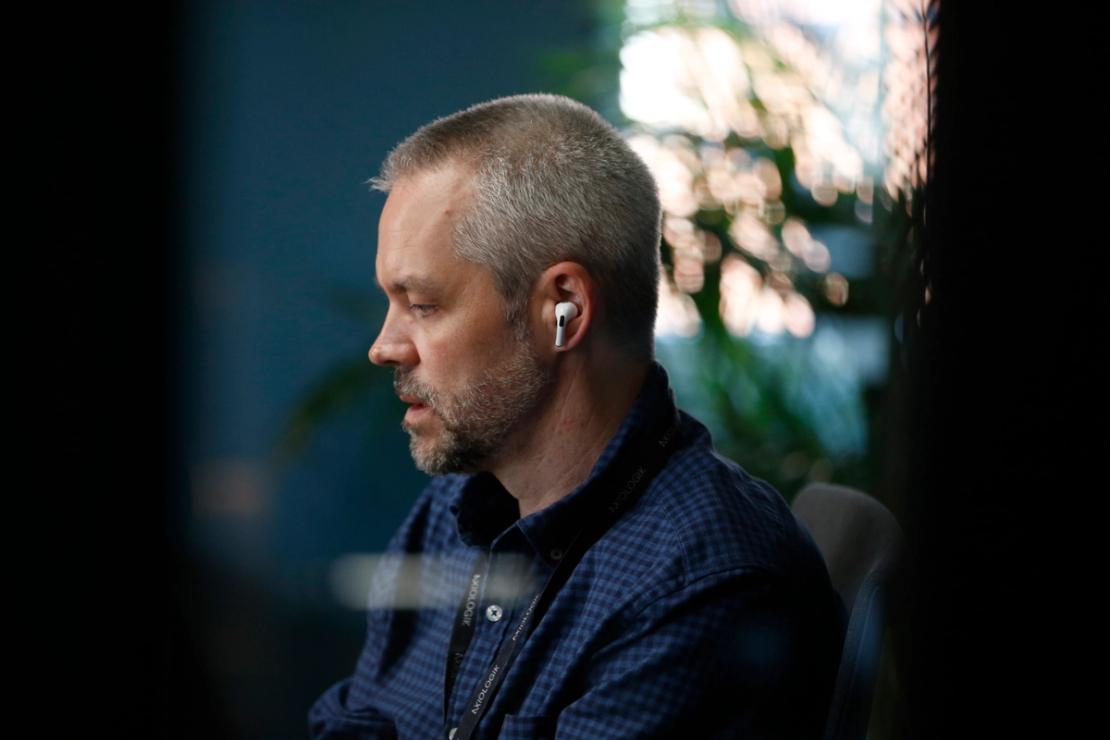Barking up the wrong tree – why we need to think differently about how we work.

In their 2018 report, Forrester indicated that $1.3 trillion dollars was spent on digital transformation. But it’s not the eye-watering total spend that really catches the eye, it’s the proportion they state was wasted due to projects not delivering their impact – a frightening $900 billion – with 50% of digital projects fizzling out entirely.
At the same time, stats abound relating to very high project failure rates (the Standish Chaos Report is the most quoted) and the high numbers of agile ‘transformations’ that fail (over 70%). Customer experience transformation doesn’t fare any better either - according to Gartner, in 31% of organisations who’ve already ‘done’ their transformation, journey maps stop at the initial transaction and don’t look at holistically managing the customer through their lifecycle. In the same vein, according to a report by Salesforce 54% of customers complain about fractured experiences and interactions across sales, marketing and support, often feeling like they’re dealing with entirely different organisations.
The stats are both staggering and alarming – not just in the raw opportunity cost but also in the wasted emotional and physical effort from passionate individuals who want to work differently and ultimately hit the buffers.
So what’s really going on here?
The problem lots of organisations are facing is a battle against a structure and operating model that just isn’t suitable for digital work. The majority of our structures and ways of working now are, in reality, the legacy of the industrial revolution:
- Dividing labour into specialist siloes of expertise where we can become really good at one thing.
- Considering ‘digital’ as something with a defined & knowable end point, at worst with a set of ‘known unknowns’ to be discovered and addressed on the way.
- Use of prescriptive & normative software development processes and controls frameworks to eliminate variability – in essence, standardised work for a deterministic world.
All the above are fine if you’re manufacturing widgets on a production line, but this isn’t the digital world we live in. At its core, ‘digital’ is about new ways of meeting user needs for the benefit of the end user as well as the organisation providing the services a user interacts with. The problem with humans is that we’re fickle, we often don’t really know what we want and what we want evolves over time anyway.
The concept of user needs being ‘knowable’ and ‘achievable’ is itself flawed – we know what we think we want, but as soon as we’re offered something, we decide we want something more, something better – it’s Jacques Lacan and the continuous transference of unachievable need in action. In the competitive marketplace, this is a nightmare of escalation because every time someone does something good, it suddenly becomes ‘table stakes’ and everyone’s in a race to deliver the new stated need, which will once again immediately become ‘table stakes’. I need to sense/respond/sense/respond ever faster to uncover needs and fill them ahead of the competition before starting the cycle again.
This ever-shifting nature of humans and their needs ultimately means that our structures and ways of working, designed to build things, are built for a different purpose and just aren’t right anymore. In Cynefin terms, we’re applying working practices suitable for ‘complicated’ systems to a ‘complex’ world and the outcome therefore isn’t going to be pretty.
The problem, however, is that all this organisational ‘weight’ exerts a gravitational pull back to more of the same and presents itself as ‘truth’, as something pre-ordained that’s always existed and is fundamentally right. Lots of digital projects fail because we’re trying to force work into these systems and structures that are fundamentally not designed to deal with it. Increasingly, everyone knows this and that’s why everyone’s trying to ‘do’ agile and launching a new ‘transformation’ initiative every week, but the problem remains – unless an attempt to improve anything can achieve escape velocity, it’ll smash head first into a wall of inertia or be watered down so much by the forces of entropy that it becomes largely meaningless (e.g. the fractured journey maps mentioned above).
I get it, but so what?
If I’m trying to stimulate an organisation to operate differently, but I don’t have the authority or the sponsorship to bust through inertia and gravity, then it’s not going to work. There has to be a cultural backdrop within the organisation that is actively pushing for change to happen and providing the permission and intentional leadership to bust through gravity and inertia. In most organisations, incentivisation models do the opposite, encouraging leaders to focus on role-specific goals and measures that introduce more control, more governance and more standardised work rather than binding them together to re-think the whole as a team.
The first step therefore has to be both intention and action – a recognition of the need for change and action to align leaders around real-world business value that transcends individual roles and exerts the primacy of the work over the structure. Easy to say, harder to do – but fortunately there are ways. Reach out if you want to know more.
 Leadership of Critical Change
Leadership of Critical Change Designing Exceptional Services
Designing Exceptional Services Digital Organisation Optimisation
Digital Organisation Optimisation Driving Engineering Excellence
Driving Engineering Excellence Service Ops Modernisation
Service Ops Modernisation Unlocking the Cloud
Unlocking the Cloud

